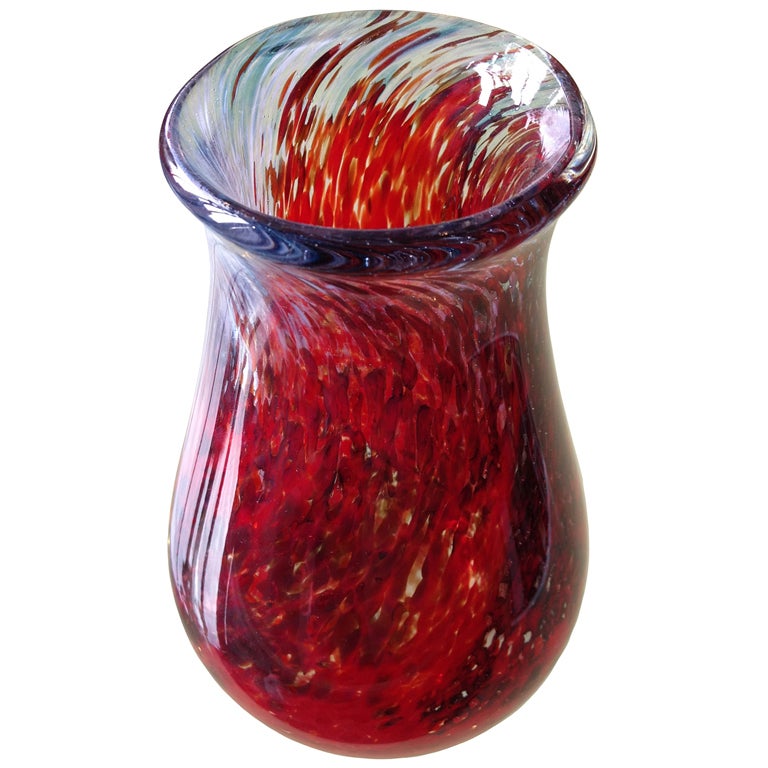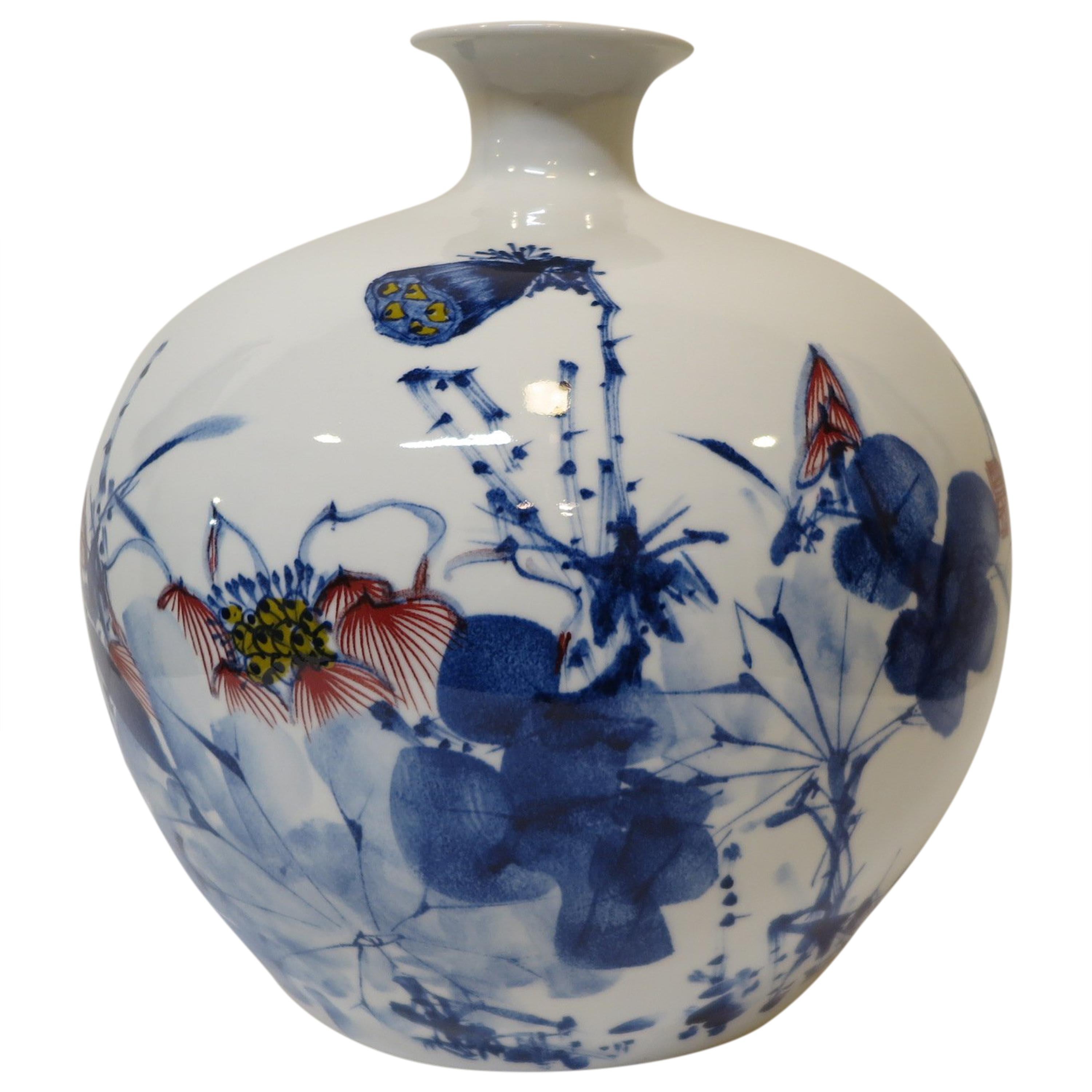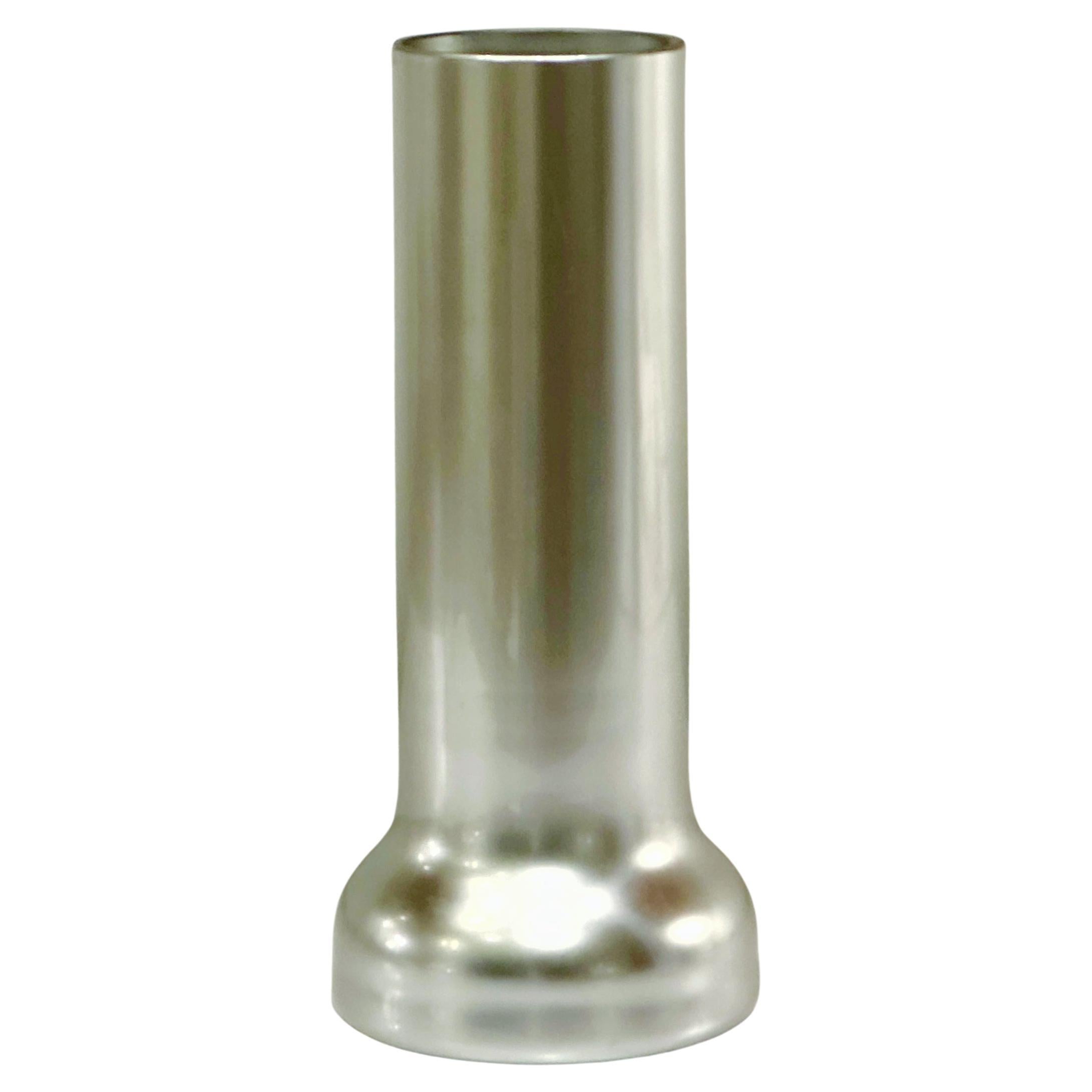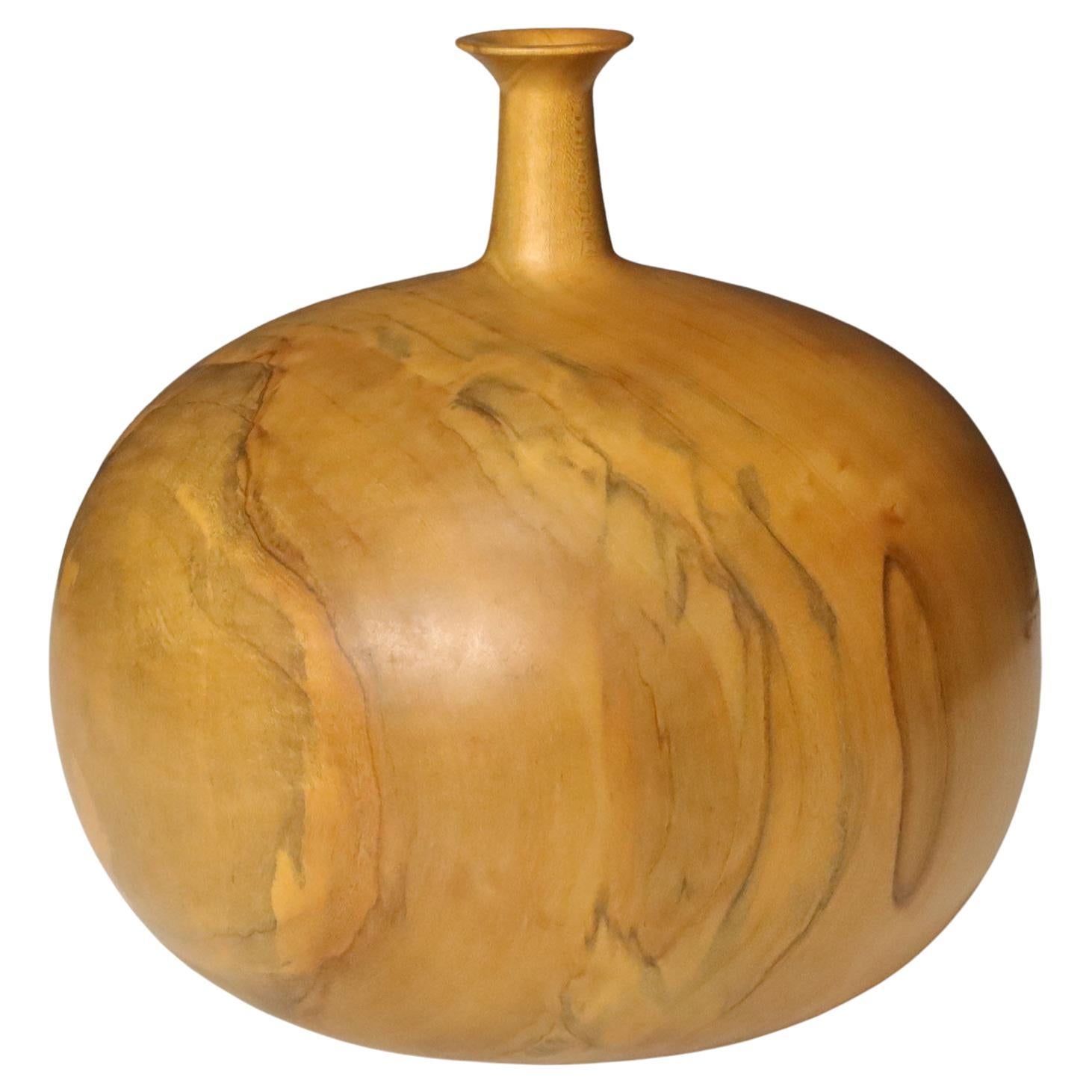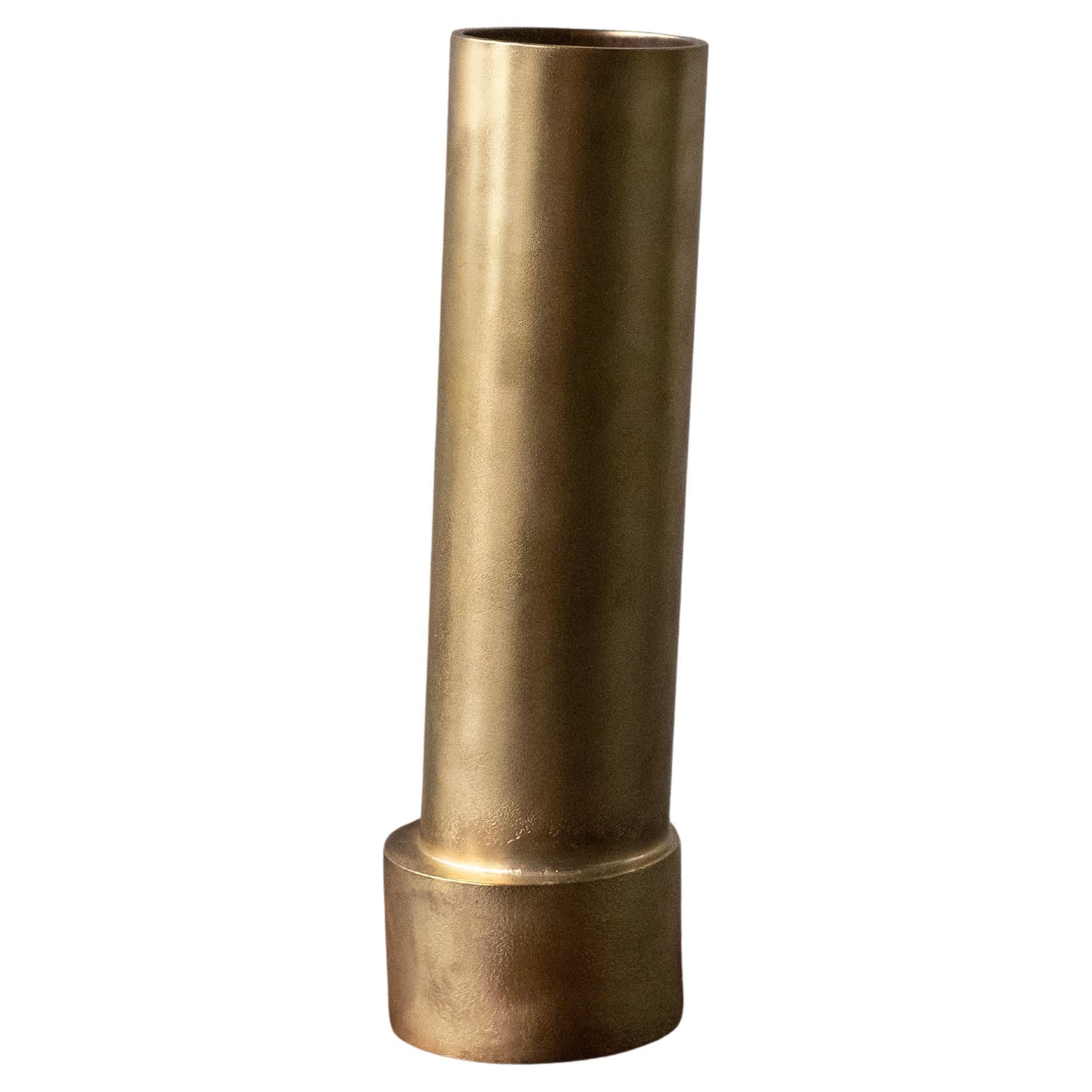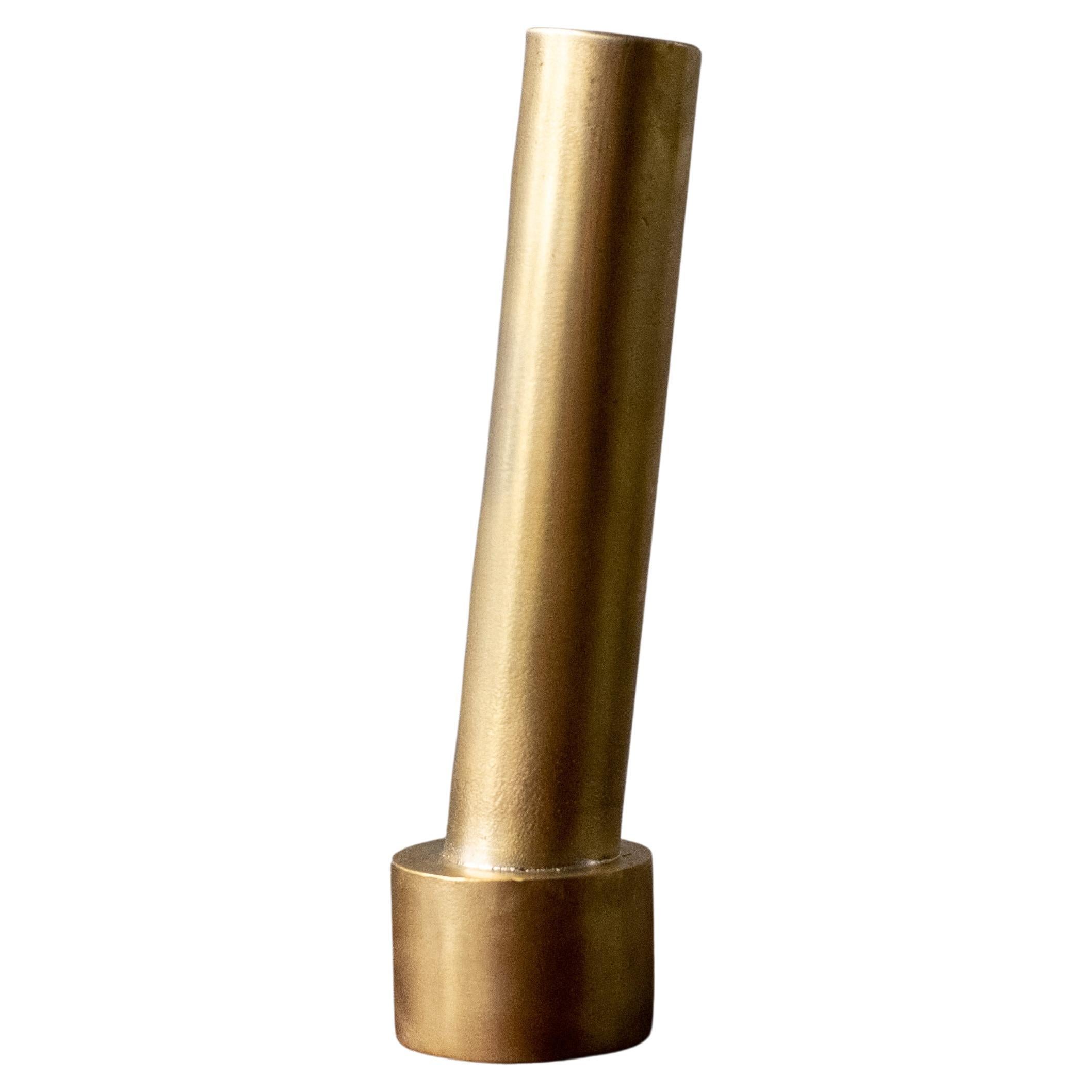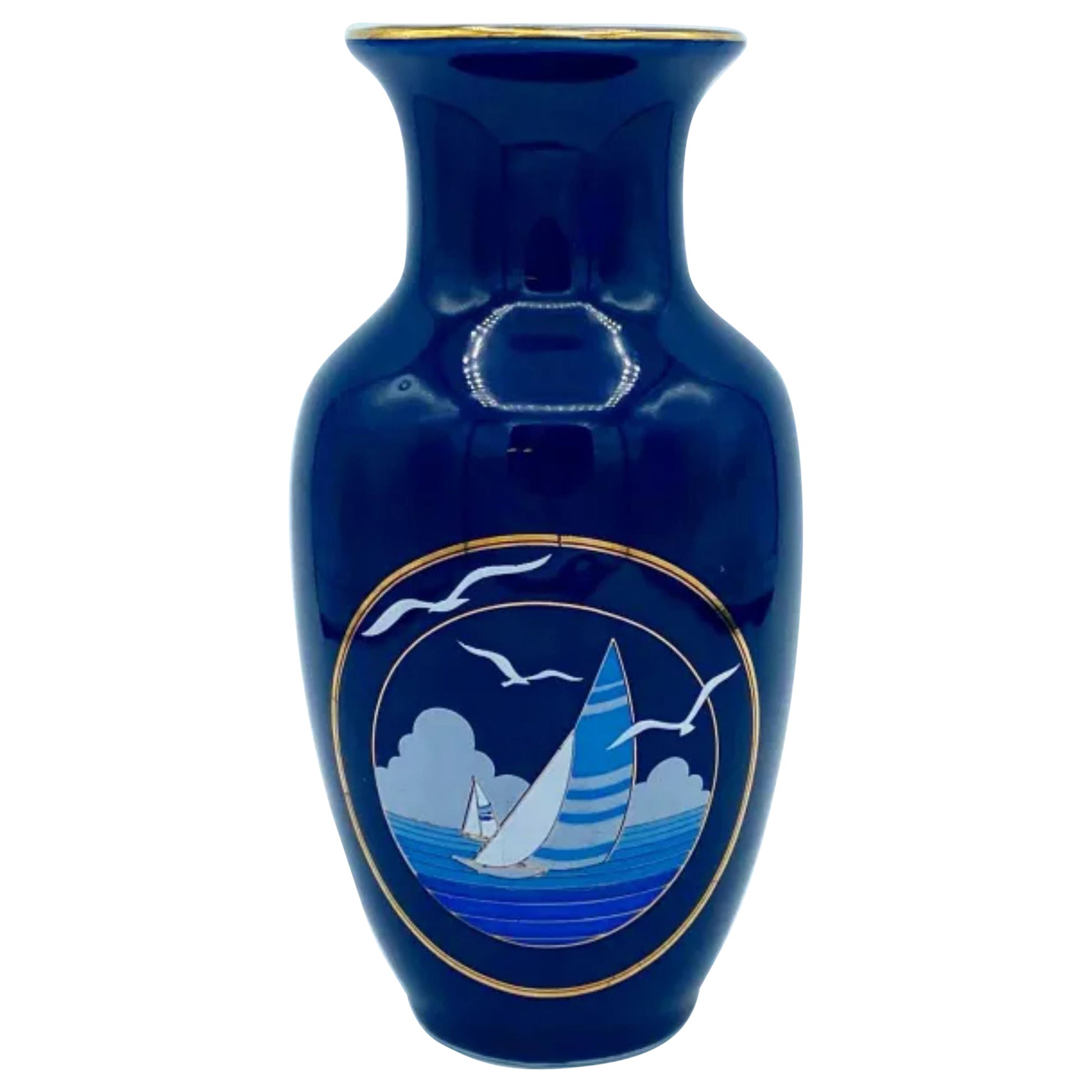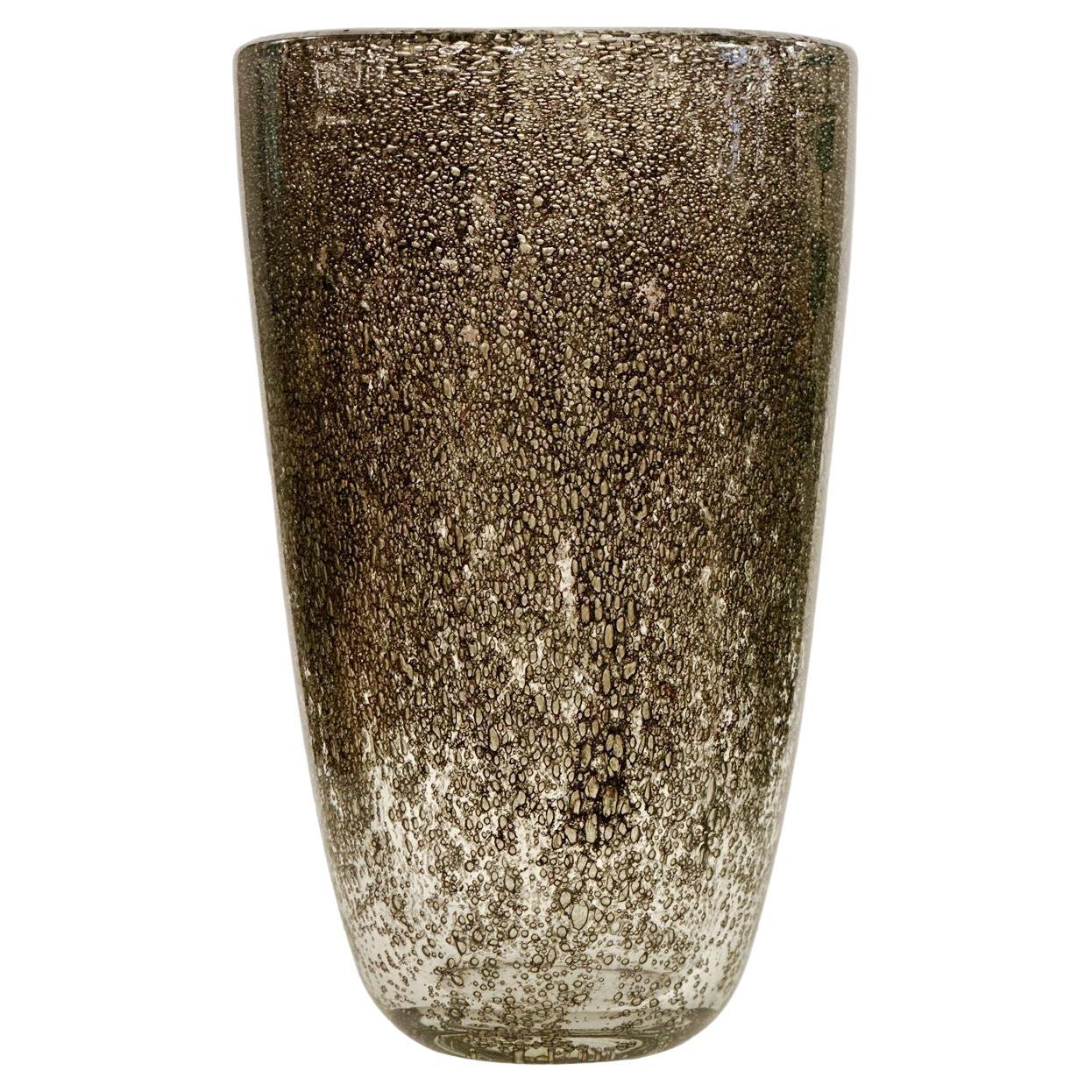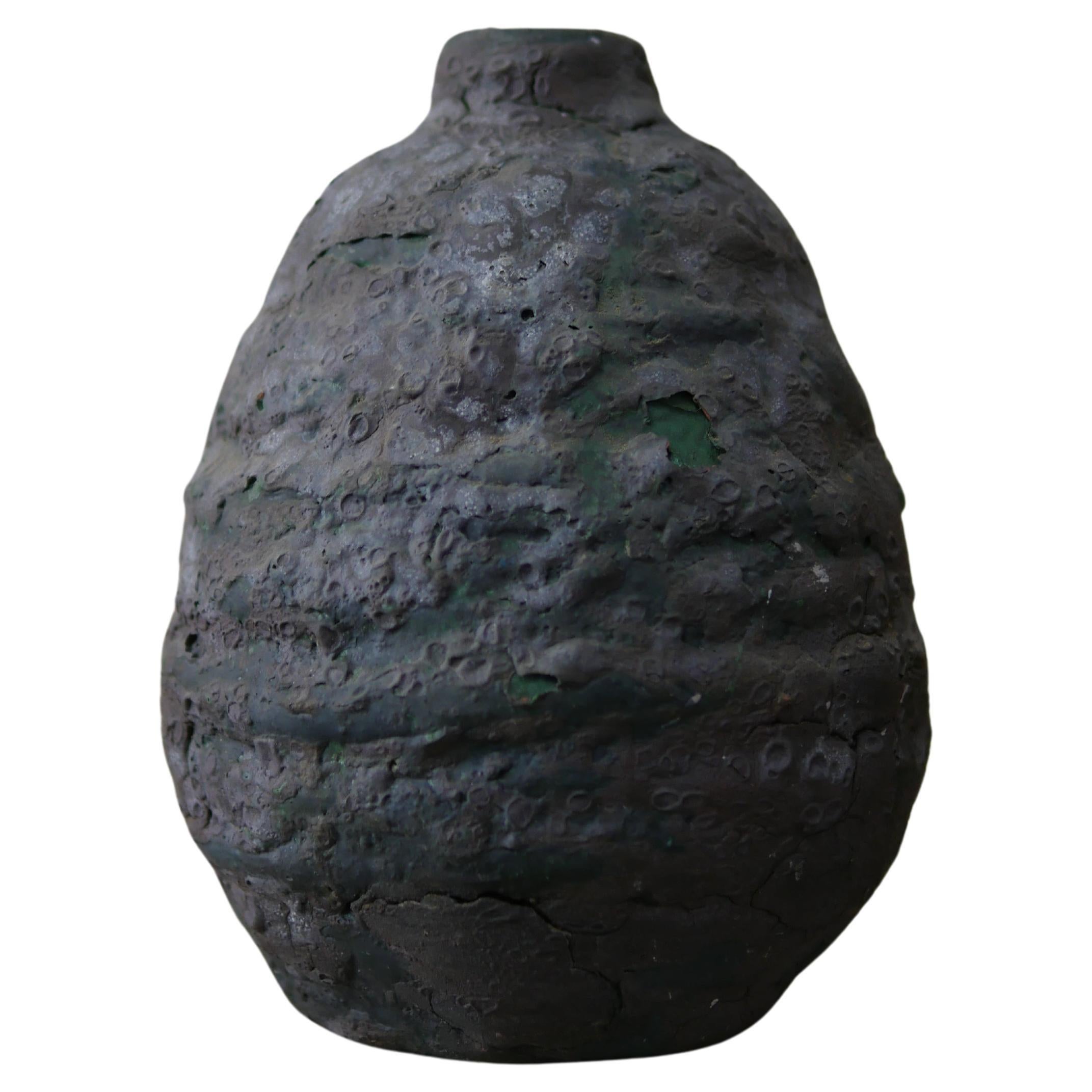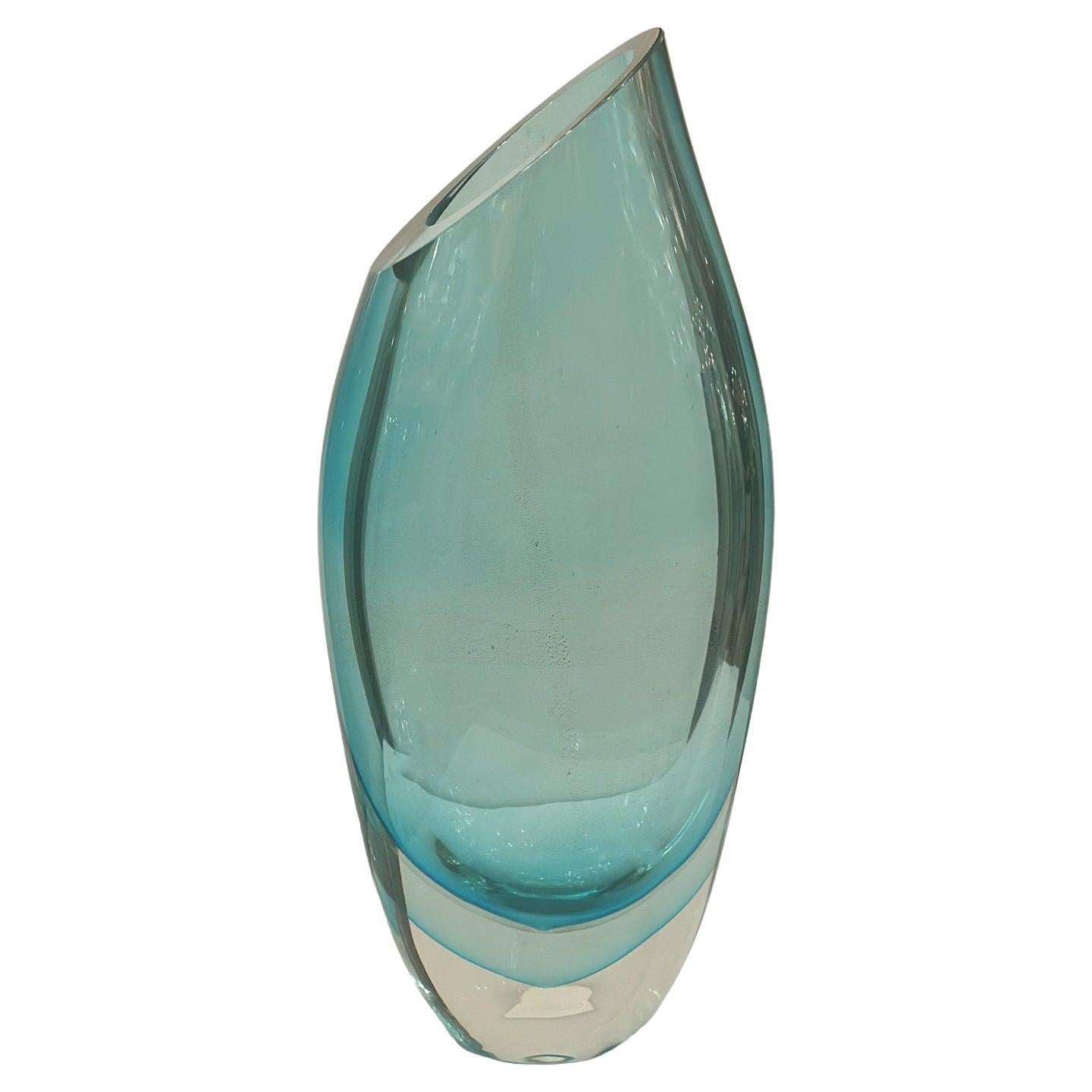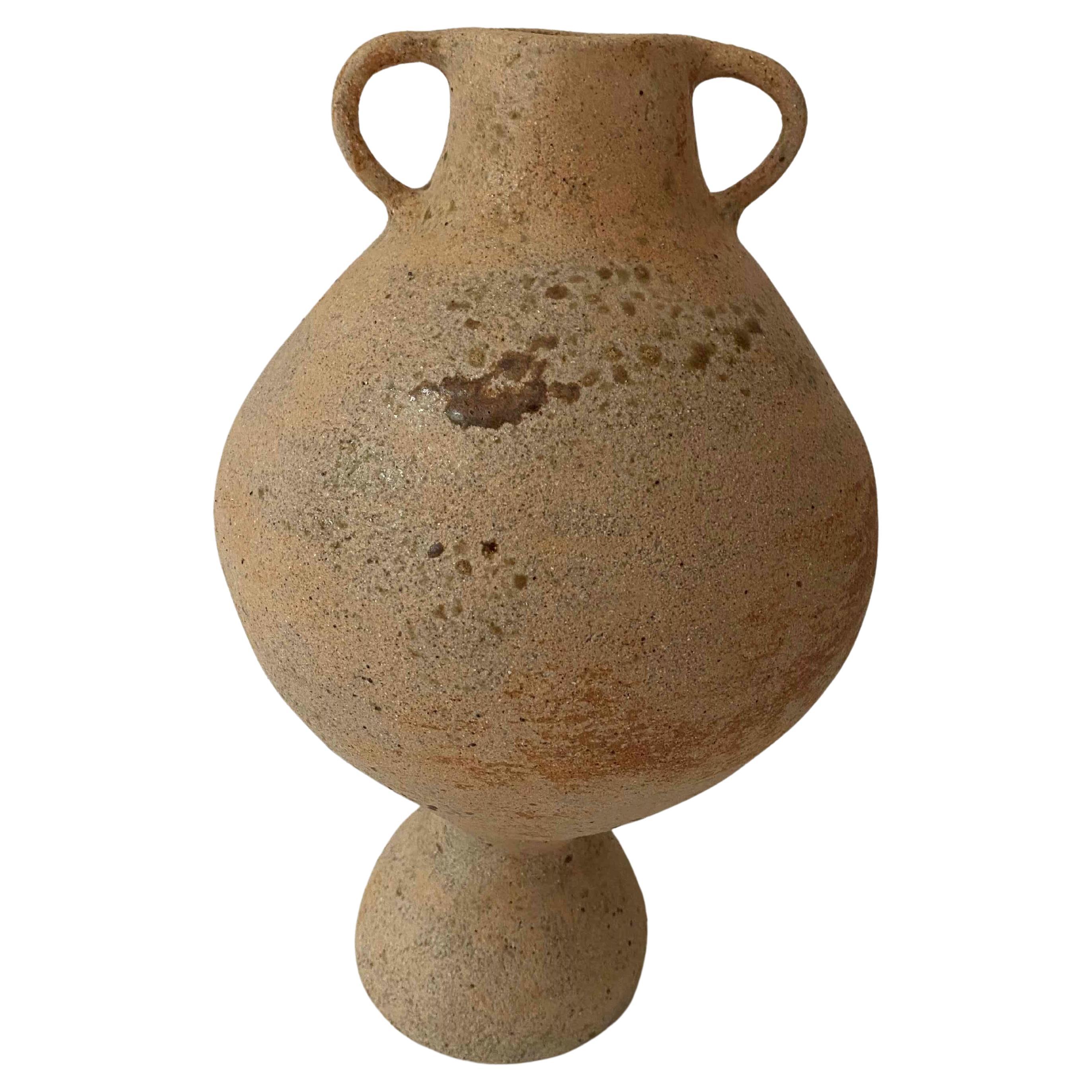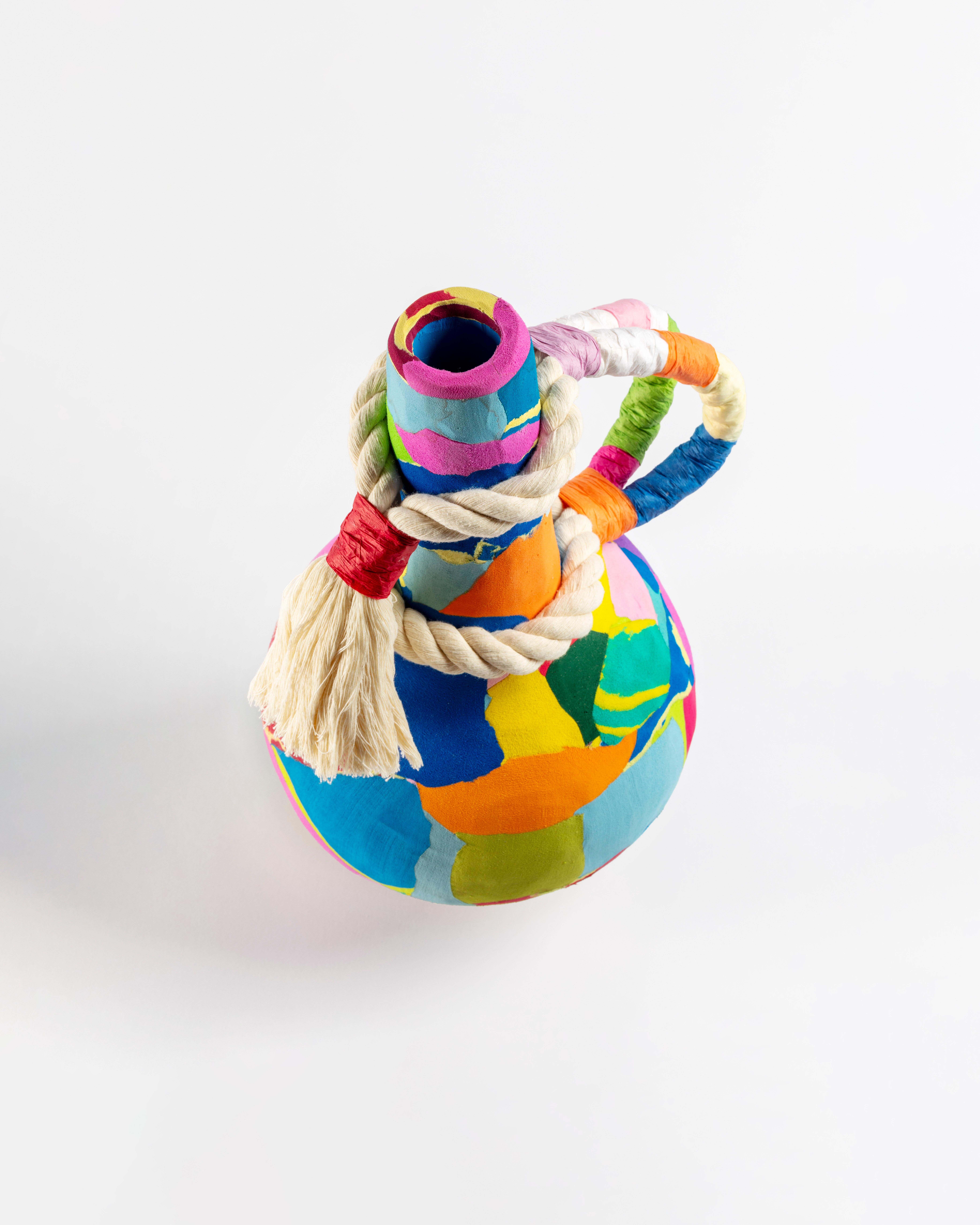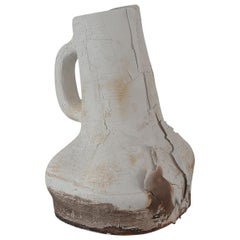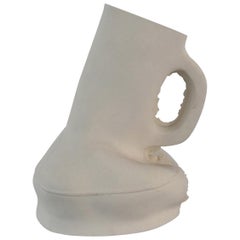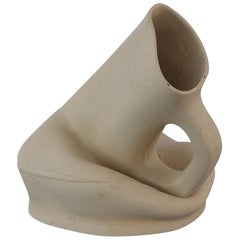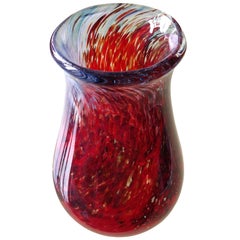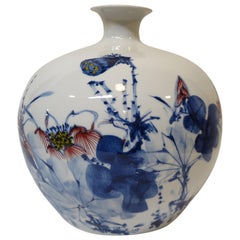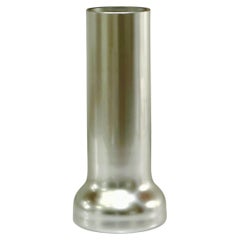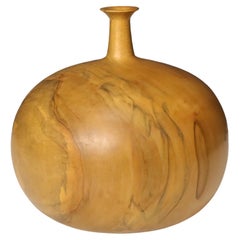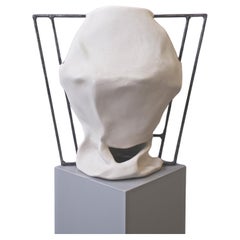
ReConstruction Vase I New Moves by Jordan Artisan
View Similar Items
Want more images or videos?
Request additional images or videos from the seller
1 of 4
ReConstruction Vase I New Moves by Jordan Artisan
About the Item
- Creator:Rossana Orlandi (Retailer)
- Dimensions:Height: 18.9 in (48 cm)Width: 18.12 in (46 cm)Depth: 12.6 in (32 cm)
- Materials and Techniques:
- Place of Origin:
- Period:
- Date of Manufacture:2023
- Production Type:New & Custom(Current Production)
- Estimated Production Time:Available Now
- Condition:
- Seller Location:Milan, IT
- Reference Number:1stDibs: LU4398137290212
About the Seller
5.0
Recognized Seller
These prestigious sellers are industry leaders and represent the highest echelon for item quality and design.
1stDibs seller since 2019
32 sales on 1stDibs
Typical response time: 12 hours
Authenticity Guarantee
In the unlikely event there’s an issue with an item’s authenticity, contact us within 1 year for a full refund. DetailsMoney-Back Guarantee
If your item is not as described, is damaged in transit, or does not arrive, contact us within 7 days for a full refund. Details24-Hour Cancellation
You have a 24-hour grace period in which to reconsider your purchase, with no questions asked.Vetted Professional Sellers
Our world-class sellers must adhere to strict standards for service and quality, maintaining the integrity of our listings.Price-Match Guarantee
If you find that a seller listed the same item for a lower price elsewhere, we’ll match it.Trusted Global Delivery
Our best-in-class carrier network provides specialized shipping options worldwide, including custom delivery.More From This Seller
View All'Transformation, Texture' Ceramic Kettle by Nacho Carbonell
By Rossana Orlandi, Nacho Carbonell
Located in Milan, IT
“We are what we make” says Nacho Carbonell about his work. Nacho Carbonell creates a kettle which communicates its state through body language, showing us how to treat it. Hot Kettle...
Category
21st Century and Contemporary Dutch Modern Jars
Materials
Ceramic
'Transformation, Second Skin' Ceramic Kettle by Nacho Carbonell
By Nacho Carbonell, Rossana Orlandi
Located in Milan, IT
"We are what we make” says Nacho Carbonell about his work. Nacho Carbonell creates a kettle which communicates its state through body language, showing us how to treat it. Hot Kettle...
Category
21st Century and Contemporary Dutch Modern Jars
Materials
Ceramic
'Transformation, Hot and Sharp' Ceramic Kettle by Nacho Carbonell
By Rossana Orlandi, Nacho Carbonell
Located in Milan, IT
“We are what we make” says Nacho Carbonell about his work. Nacho Carbonell creates a kettle which communicates its state through body language, showing us how to treat it. Hot Kettle...
Category
21st Century and Contemporary Dutch Modern Jars
Materials
Ceramic
'Transformation, Deformation' Ceramic Kettle by Nacho Carbonell
By Nacho Carbonell, Rossana Orlandi
Located in Milan, IT
“We are what we make” says Nacho Carbonell about his work. Nacho Carbonell creates a kettle which communicates its state through body language, showing us how to treat it. Hot Kettle...
Category
21st Century and Contemporary Dutch Modern Jars
Materials
Ceramic
'Transformation, Wax' Ceramic Kettle by Nacho Carbonell
By Nacho Carbonell, Rossana Orlandi
Located in Milan, IT
“We are what we make” says Nacho Carbonell about his work. Nacho Carbonell creates a kettle which communicates its state through body language, showing us how to treat it. Hot Kettle...
Category
21st Century and Contemporary Dutch Modern Jars
Materials
Ceramic
'Transformation, Water' Ceramic Kettle by Nacho Carbonell
By Nacho Carbonell, Rossana Orlandi
Located in Milan, IT
“We are what we make” says Nacho Carbonell about his work. Nacho Carbonell creates a kettle which communicates its state through body language, showing us how to treat it. Hot Kettle...
Category
21st Century and Contemporary Dutch Modern Jars
Materials
Ceramic
You May Also Like
Artisan Glass Vase by Bob Allen
By Bob Allen
Located in Los Angeles, CA
Stunning artisan glass vase by American Artist Bob Allen.
The vase shows beautiful combination of colors and is heavy and well made.
The piece is ...
Category
Early 2000s American Modern Vases
Materials
Blown Glass
Artisan Porcelain Vase Vessel
Located in New York, NY
Artisan porcelain Vase Vessel hand formed of quality high fired fine porcelain. Wonderful shape with Indigo painting completely hand crafted. Artist-si...
Category
Early 2000s Chinese Vases
Materials
Porcelain
Karim Rashid for Leonardo Germany Limited Edition New Move Glass Vase, ca 1999
By Karim Rashid
Located in Cathedral City, CA
Karim Rashid for Leonardo Germany Limited Edition New Move Silver Glass Vase, ca 1999.
Measures 8” high, base 3-1/2” wide, and mouth 2-1/4” wide.
There is a small scratch of silver finish/coating on glass (we've posted an image of the interior and exterior at the area of the scratch). There is also a faint area of small blemishes at the base See images for more detail.
If there’s one thing karim rashid hates, it’s trophies. The 40-year-old designer has more than 40 of them, from big international ones like the 1999 George Nelson Award (given for breakthrough furniture design), to quaint little Canadian ones like Designer of the Year 2001. “It came with a little pin,” says Rashid, “and a … a … very nice …” He tries to describe the shape of the award with his hands but gives up. “It’s time that whole trophy thing changes. It’s kitsch. They’re functionless things.” Rashid was asked to design one for the DaimlerChrysler Design Awards (he’s a past recipient). “I was going to make it electro-luminescent. When the lights go out, it has a sensor so it turns on,” he says. But the trophy-as-night-light, a reminder of one’s worth in the darkest hours, didn’t impress Chrysler’s people. He never heard back.
They may well be gnawing their knuckles over that decision right now because Rashid’s conquest of the realm of product design is all but complete. A lush and suitably worshipful retrospective of his work, Karim Rashid: I Want to Change the World (Thames & Hudson; 249 pages), hits Australasian bookstores this month. There was a crowd around anything with his stamp on it-including stools, chess sets and storage units-at the recent International Contemporary Furniture Fair in New York City. More than 2 million North Americans are throwing their rubbish into a receptacle he designed, while 750,000 or so park their rears on one of his cheapo plastic chairs. It’s not just in North America. He has been dubbed Der Poet des Plastiks by a retailer in Germany and the prolifico progettista Americano by Interni magazine in Italy.
Trophies he may despise, but accolades Rashid can handle. The problem with being the Most Famous Industrial Designer in All the Americas is that you’re still less famous than someone who got kicked off Survivor the first week. Most people cannot name the designer of one nonclothing item in their homes. Rashid, who was born in Egypt, raised in Canada and is living in New York City, is more than happy to bring an end to this anonymity. Not just because he wants to be famous, although there seems to be that, but because he believes design should be a bigger part of the social discourse. “I have been almost alone in this country, trying to make design become a public subject,” he says.
His chief method of persuasion is to make the banal better so that people notice design more. He likes creating expensive furniture and perfume bottles just fine, but what really gets his juices going is the everyday: manhole covers, a cremation urn, disposable cigarette lighters, garbage bins, salt and pepper shakers, plastic pens. “I want American Standard to come to me to do the toilets for Home Depot,” he says.
In many ways Rashid is more like an itinerant industrial evangelist than a designer. He traveled 200 days last year. He claims to have been to every major mall in America, where he signs his products in high-end design stores and trolls about observing humans interacting with the objects around them. He has taught at design schools for more than a decade, and his work has been in 11 art shows in the past eight months. But mostly he has proselytized the corporate barbarians. And like any good missionary, he has learned to speak the language of his converts. One of the first things he does when he gets new clients is tour their factories to understand their manufacturing capacity. He also visits the retail outlets to see how the product might be displayed. And he really knows how to sell, especially himself. “I work with a guy in L.A.,” says Rashid, declining to name him. “He made a lot of really bad furniture. His business was hand-to-mouth. I proposed seven or eight projects. The pieces I’ve done for him have already become iconic.” The subtitle of his monograph, I Want to Change the World, is not ironic, just characteristically immodest.
“Most industrial-design studios try to interpret a client’s needs and come up with a style,” says Paul Rowan, co-founder of housewares manufacturer Umbra. “Karim has his own personal vision.” It helps that Rashid’s vision incorporates things that Rowan needs, like a design that will stack and ship easily and that creates little waste in the making.
Rashid’s father was a set designer for Canadian TV who rearranged the family furniture every Sunday. So perhaps it was ordained that Karim would grow up to become one of the pioneers in non-cheesy plastic, making objects that have energy and personality but aren’t wacky. He, like many of his generation, has championed the could-only-be-designed-with-computers blob. But his is not just a blob for its own sake. His Oh Chair...
Category
1990s German Minimalist Vases
Materials
Blown Glass
John Jordan Turned Maple Vase
Located in Dallas, TX
John Jordan (b. 1950) lives in Tennessee and has been a woodturner for more than thirty years. He has done demonstrations for and given hands-on lessons to thousands of woodturners i...
Category
20th Century American Organic Modern Vases
Materials
Maple
$1,120 Sale Price
20% Off
Leaning Pillar Vase, by Jordan Hufangel in solid brass
Located in Washougal, WA
This solid brass vase displays the beauty of standard material profiles and their mass. High heat is required to attach the two parts together, softening the metal and allowing for a...
Category
21st Century and Contemporary American Vases
Materials
Brass
Leaning Pillar Vase (small) by Jordan Hufnagel in solid brass
Located in Washougal, WA
A petite vase in solid brass, leveraging similar proportions to its larger counterpart. Brazed connections of standard material profiles, with a satin touch.
This vase is also a wo...
Category
21st Century and Contemporary American Vases
Materials
Brass
Recently Viewed
View AllMore Ways To Browse
Sabbia Rosa
Scheurich 281
Seguso Vetri Darte Murano Glass Green
Simon Hasan
Soleau Bronze
Sottsass Yemen
Spalted Maple Vase
Stelvio Glass
Stephen Merritt
Surreal Kage
Takada Dining Table
Takeshi Yasuda
Talwin Morris
Tchai Munch
Thomas Bavaria Art Deco
Tiffany Cobalt Blue Vase
Tiffany Elsa Peretti Vase
Tiffany Favrile Floriform Tall
